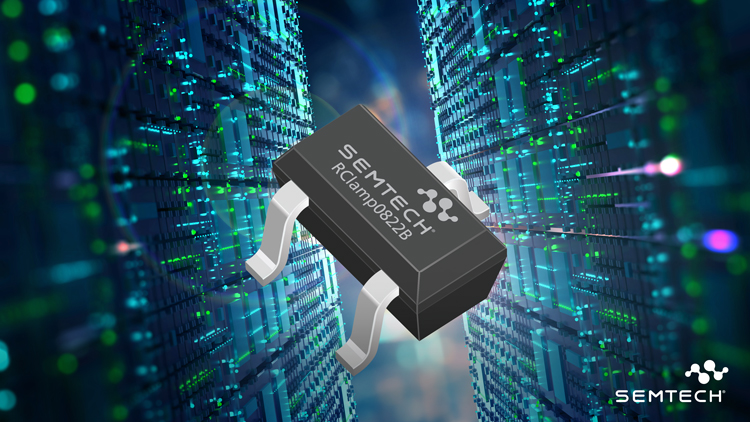Overview
The SMS series of TVS arrays are designed to protect sensitive electronics from damage or latch-up due to ESD, lightning, and other voltage-induced transient events.
Features
- 3.3 V working voltage
- Transient protection for data lines to
- IEC 61000-4-2 (ESD) ± 15 kV (air), ± 8 kV (contact)
- IEC 61000-4-4 (EFT) 40 A (5/50 ns)
- IEC 61000-4-5 (Lightning) 12 A (8/20 µs)
- Protects 4 I/O lines
- Low leakage current (< 1 µA)
- Low clamping voltage
- Solid-state EPD TVS technology
- Lead-Free, RoHS and WEEE Compliant
| Documents | Release Date | Type | |
|---|---|---|---|
| SMS3.3 Datasheet | 2019-05-25 | ||
Applications
- Cell phone handsets and accessories
- Microprocessor-based equipment
- Personal digital assistants (PDAs) and pagers
- Industrial Equipment
- Notebook computers
- Portable instrumentation
- Peripherals
Inventory
| Product | Country | Distributor | Qty | Buy |
|---|


























.png)




